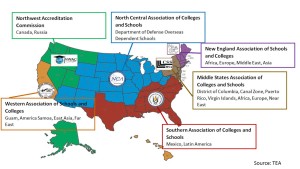Three and half years ago, the Association was established with the main purpose to revitalize the US higher education. On August 30, 2016, AAEA reached another milestone with more than 200K visitors. This shows two main points. (1). The American public has the confidence on AAEA’s published research results; (2). Many are able to get the strategic information out of AAEA’s research work, free of charge.
To change the mindset in managing higher education institutions to cope with fundamental changes in the ultra competitive environment where they are operating is not always easy. However, we are glad to see that players in the industry have realized what the Association has tried to convey and hypothesized in the past.
The following are the real changes that we have seen after AAEA was established:
- The use of education or IRI analytics which never been heard before is becoming more popular. It has become a norm for colleges to adopt this new paradigm after it was introduced for the first time at North Carolina Community College System Annual Meetings in Raleigh, NC on October 7, 2012 and at 2012 South Central SAS Users Group Annual Conference in Houston, TX.
- Some schools have changed their Institutional Research & Assessment name to something that has the word “analytics”. For example, Office of Institutional Research and Analytics.
- The States start to apply the Performance Based Funding System to award the annual budget among state colleges.
- More inappropriate practices have been revealed in recent years.
- The regulator starts tightening its grips on both academic and financial metrics on Title IV institutions for more regulations are introduced in the past years.
- The regulator is paying more attention on for-profit higher education institutions’ business model.
- US higher education is the most discussed issue in the society.
- In 2015, the regulator started to publish the list of financially trouble US colleges.
- The regulator seems to pay more attention to US higher education.
- The accrediting agencies start improving their roles, which may not have been seen before.
After its establishment, there are many more positive impacts that the Association has contributed to the industry and is able to add to the above list. While this partial list shows that our mission is accomplished, there are many more tasks that AAEA will continue to work on in the future.

